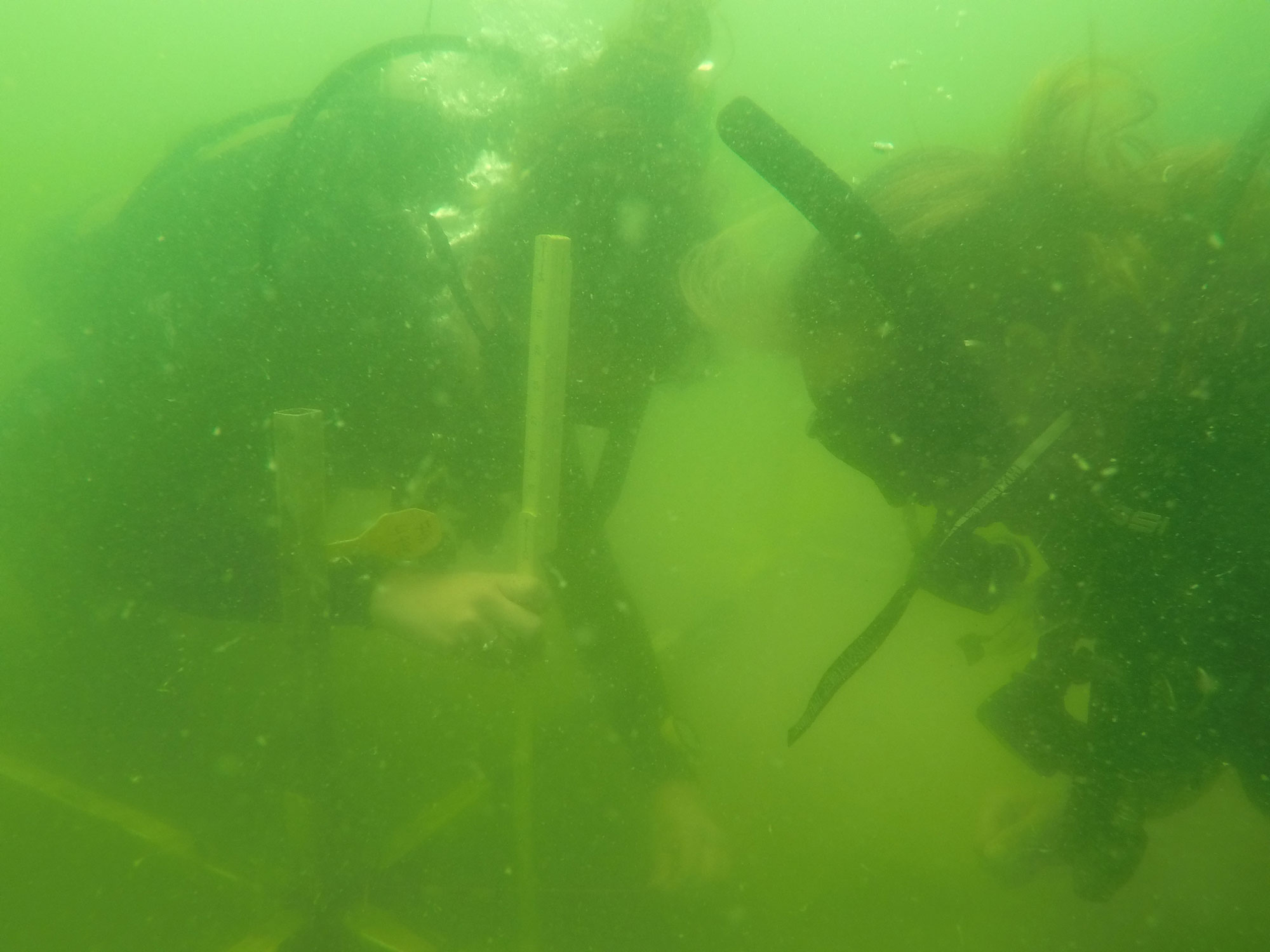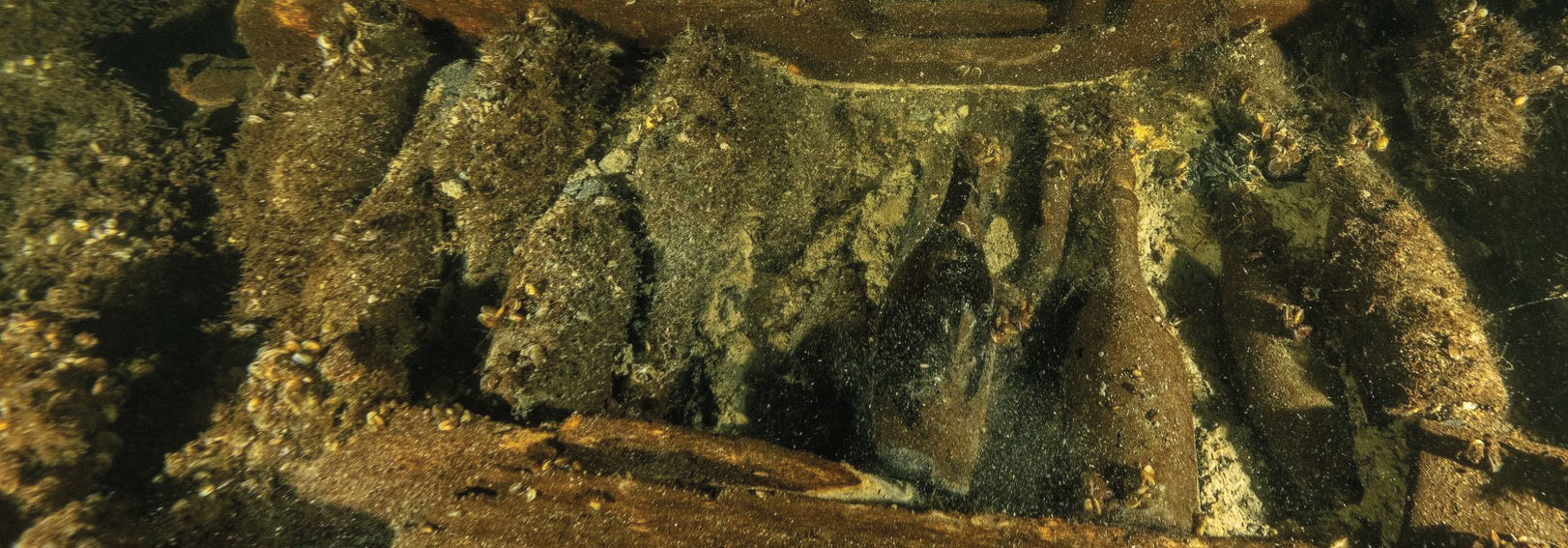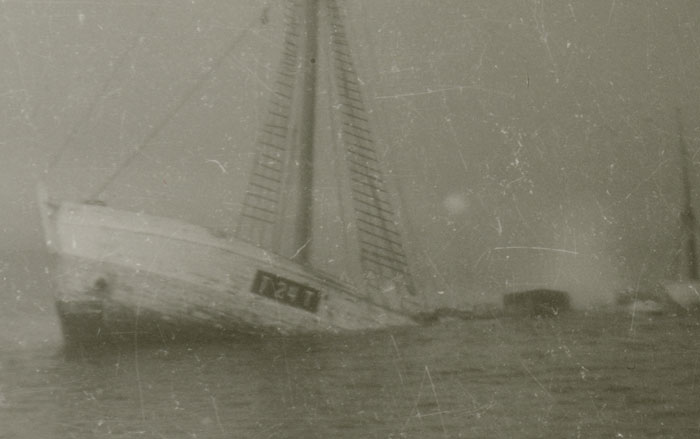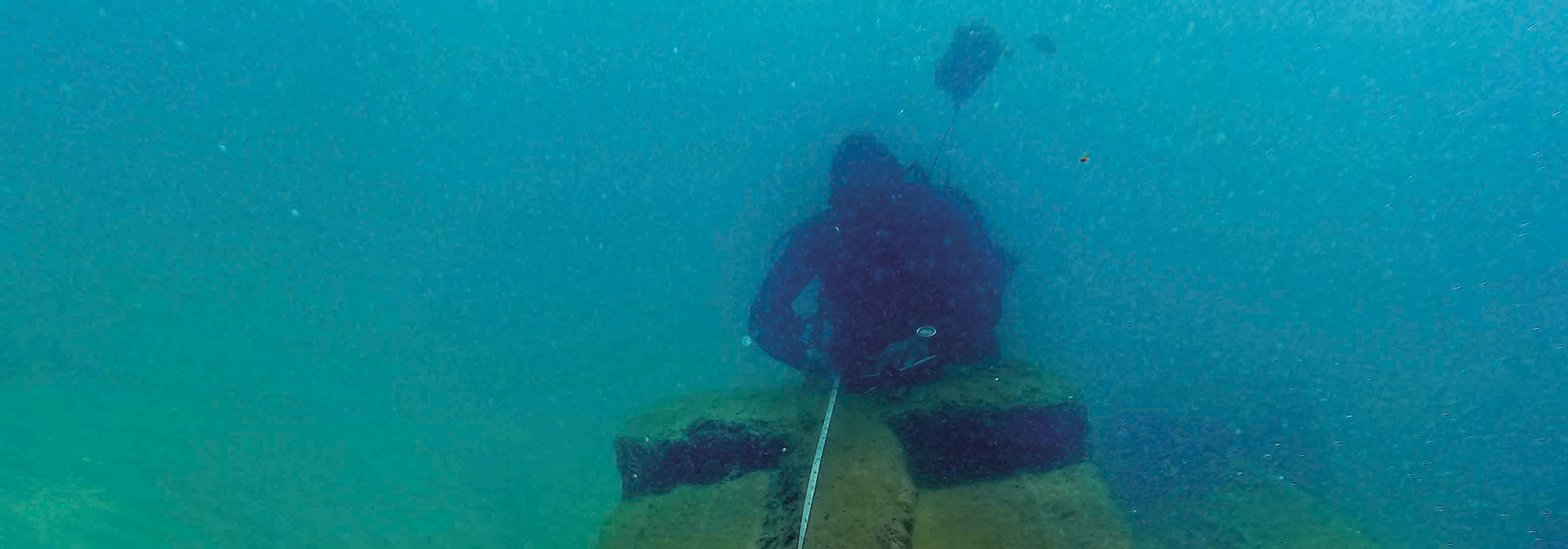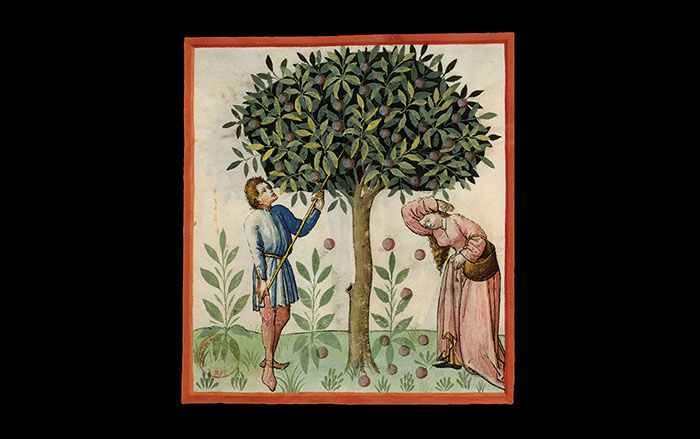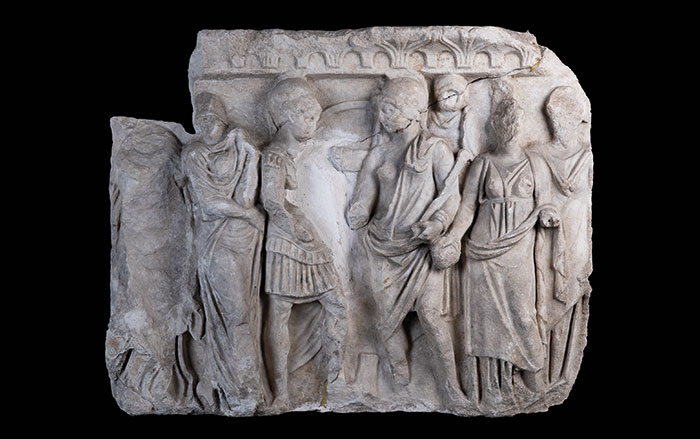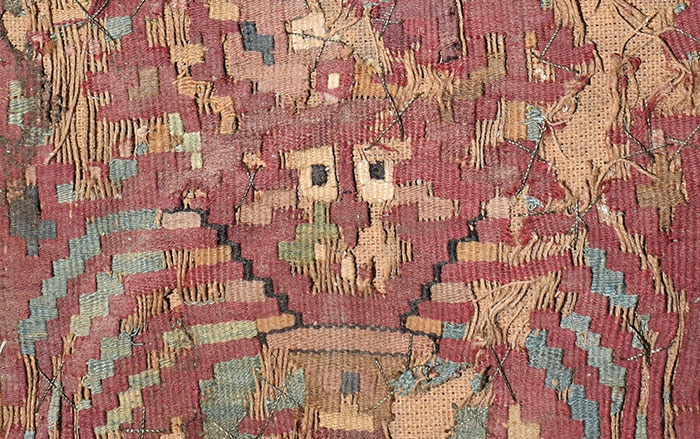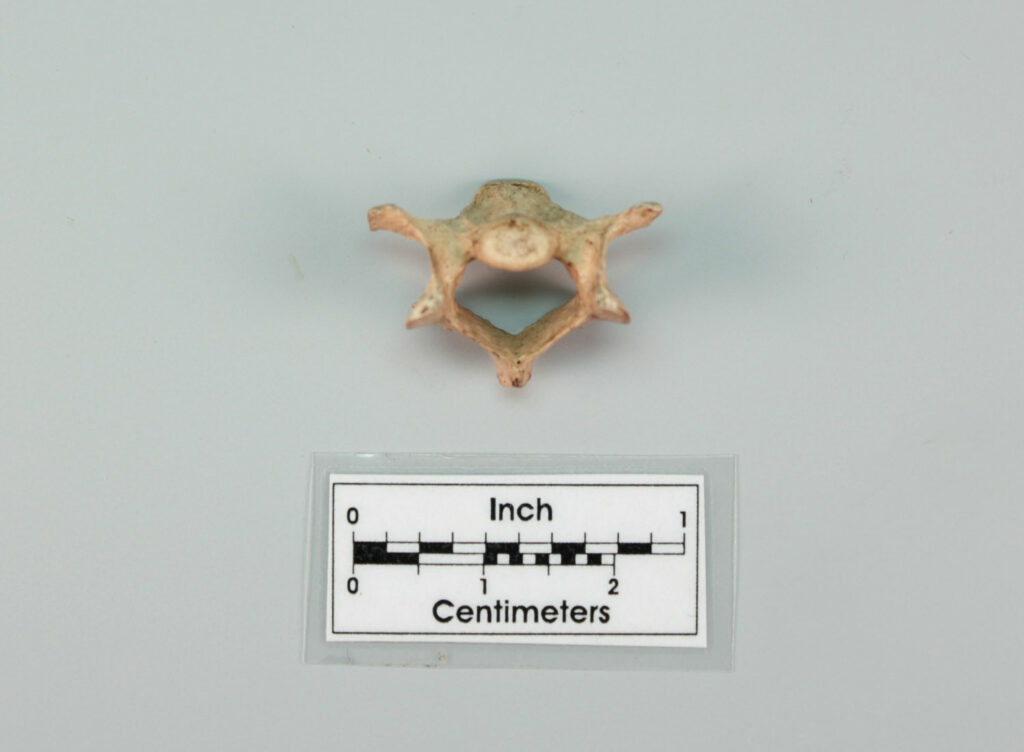
PENSACOLA BAY, FLORIDA—Although cats can be found in one third of all American households today, the beloved felines are not native to North America and were first brought to the New World on the ships of European conquistadors and colonists. The skeletal remains of domesticated cats have been found in both the Spanish colonial settlement of St. Augustine and the early British colony at Jamestown. According to a Live Science report, the earliest known cats in what are now the United States were recently identified in a Spanish shipwreck off the Florida coast. The wrecked ship, known as Emanuel Point II, was part of an expedition led by the conquistador Tristán de Luna y Arellano. It was anchored near the settlement of Santa Maria de Ochuse in Pensacola Bay when it sank during a storm in 1559. A research team investigating the wreck discovered the remains of both an adult and a juvenile domestic cat that were genetically related to European species at that time. It is unknown whether the cats were deliberately brought on board to help curb rat and mice populations or whether they had stealthily slipped onto the ship while it was moored. Analysis of the animals’ diet, though, proved surprising. “What was interesting, is that our cat was not eating the rats on board the ship but had a diet more in line with what we'd expect for the sailors," said John Bratten of the University of West Florida. This suggests that Spanish sailors fed the adult cat either because the rats did not provide enough food, or simply out of affection. Read the original scholarly article about this research in American Antiquity. To read about ancient Egyptian ostracons that detail the exploits of a mischievous feline, go to "The Cat and the Fat."


